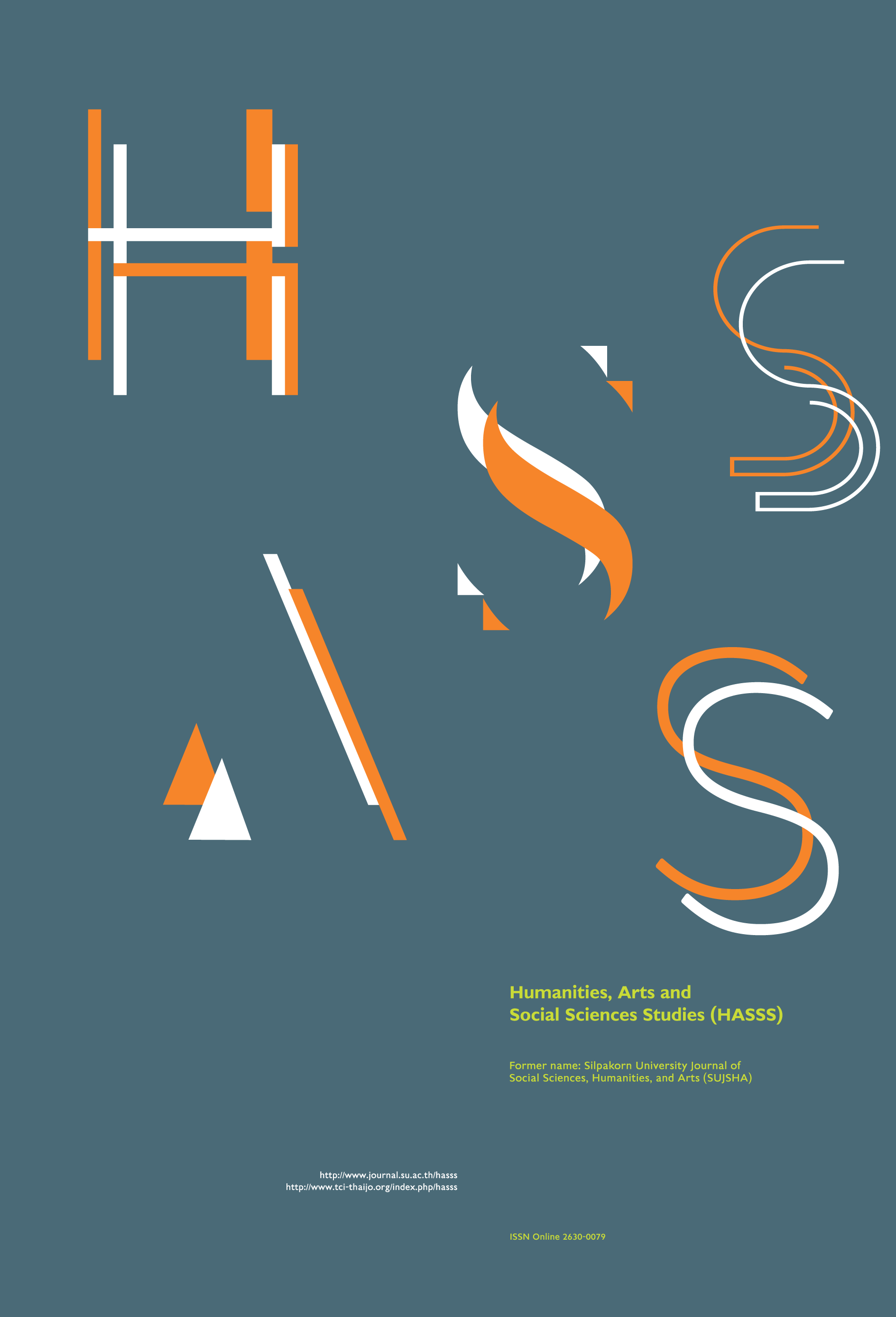In the name of god, by the means of art: the transformation of the Italian painting to the Qing imperial art as seen through the works of giuseppe castiglione
Main Article Content
Abstract
A group of Catholic priests and lay brothers known as the Jesuits arrived in China in the 16th century with the mission to covert the Emperor and the nation. One of their foremost methods to achieve this was by means of art. Amongst the Jesuits in China, Giuseppe Castiglione, an Italian painter/lay brother, was one of the most recognised personalities. He arrived in Beijing in 1715 CE and worked as a court artist for three consecutive Emperors of the Qing dynasty until his death. Castiglione adapted the tradition Chinese style of painting and integrated it with his background in European painting, which resulted in a new idiom of courtly art. This paper outlines Castiglione’s influence and contribution to the imperial Chinese art of the 18th-century through the analysis of styles and techniques in some of his notable works, which are then compared with a number of European and Chinese paintings of different periods and genres. The result demonstrates that the Chinese art during the Qing period acquired a new style through the significant artistic innovation spearheaded by Castiglione and his associates, while still remaining in tune with the Emperors’ taste and formidable courtly traditions. And though the Jesuits captured the Emperors’ attention with their artistic skills, the history has proven that their principle mission at converting the nation had not achieved quite the same result.
Downloads
Article Details
All rights reserved. Apart from citations for the purposes of research, private study, or criticism and review,no part of this publication may be reproduced, stored or transmitted in any other form without prior written permission by the publisher.
References
Berinstein, D. (1999). Hunts, Processions, and Telescopes: A Painting of an Imperial Hunt by Lang Shining (Giuseppe Castiglione). RES: Anthropology and Aesthetics 35(Spring): 170-184.
Beurdeley, M. (1997). Peintres Jésuites En Chine Au XVIIIe Siècle. Arcueil: Anthèse.
Boda, Y. (1988). Castiglione at the Qing Court. Orientations 19(11): 44-51.
Chongzhen, N. (1997). The Qing dynasty’ in three thousand years of Chinese painting. In Three Thousand Years of Chinese Painting, edited by Richard M. Barnhart, pp. 251-297. New Haven: Foreign Languages Press.
Hearn, M. K. (2008). How to Read Chinese Paintings. New York: Metropolitan Museum of Art.
Kobayashi, H. (2006). Suzhou prints and western perspective: the painting techniques of Jesuit artists at the Qing court, and dissemination of the contemporary court style of painting to mid-eighteenth-century Chinese society through woodblock prints. In The Jesuits II: Cultures, Sciences, and the Arts, 1540-1773, edited by John W. O’Malley, pp. 262-285. Toronto: University of Toronto Press.
Musillo, M. (2008). Reconciling two careers: the Jesuit memoire of Giuseppe Castiglione lay brother and Qing imperial painter. Eighteenth-Century Studies 42(1): 45-50.
Musillo, M. (2011). Mid-Qing Arts and Jesuit Visions: Encounters and Exchanges in Eighteenth-Century Beijing, edited by Susan Delson, pp. 146-161. New York: Prestel Publishing.
Musillo, M. (2015). The Qing patronage of Milanese art: a reconsideration of materiality and western art history. In Portrayals from a Brush Divine a Special Exhibition on the Tricentennial Giusepppe Castilione's Arrival in China, edited by He, C., pp. 310-323. Taipei: National Palace Museum.
Musillo, M. (2016). The Shining Inheritance: Italian Painters at the Qing Court, 1699-1812. Los Angeles: Getty Research Institute.
Pirazzoli-tʼSerstevens, M. (2007). Giuseppe Castiglione, 1688-1766: Peintre Et Architecte à La Cour De Chine. Paris: Thalia.
Ryan, T. F. (1964). Jesuits in China. Hong Kong: Catholic Truth Society.
Standaert, N. (2008). Jesuits in China. In The Cambridge Companion to the Jesuits, edited by Thomas Worcester, pp. 169-185. New York: Cambridge University Press.


